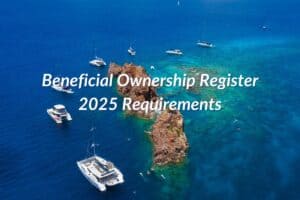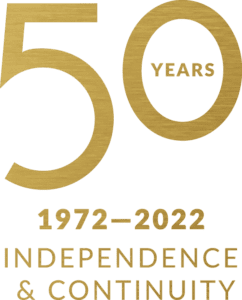01
Trust Services
Crafting Personalized Trust Solutions
for a wealthy international clientele
CISA Trust takes pride in offering bespoke Trust Services designed to cater to the unique needs of our distinguished global clientele. Our experienced team is well-versed in managing a wide array of asset types, encompassing portfolio investments, operating companies, real estate, art collections, aircraft, and yachts, among others.
Comprehensive Trust Services
With a strategic presence in Switzerland, the British Virgin Islands, and South Dakota, CISA Trust extends its exceptional Trust Services across international borders, ensuring that our clients receive comprehensive and seamless Trust Services tailored to their specific goals and desires. Allow CISA Trust to be your dependable ally in safeguarding your assets for generations to come.
Types of Trusts Used by CISA Trust
CISA Trust employs various types of trusts to meet diverse client needs:
- Discretionary Trusts or Fixed Interest Trusts: Flexible arrangements tailored to client specifications.
- Revocable or Irrevocable Trusts: Options based on the degree of control and permanence required.
- Trustee Directed by Investment Advisor: Ensuring professional management of trust investments.
- Protector Powers: Safeguarding the interests of beneficiaries through protector oversight.
- Settlor or Designee Powers: Allowing for changes in trustee as needed.
- Governing Law Options: Including England, Bahamas, Cayman, and more, to best suit client preferences.
Types of Assets Managed
CISA Trust manages a broad spectrum of assets, ensuring comprehensive asset protection and management:
- Financial Assets: Including portfolio investments for diverse financial portfolios.
- Real Estate: Both residential properties and commercial operating companies.
- Art Collections: Management and protection of valuable art investments.
- Private Aircraft and Yachts: Ensuring seamless management and compliance for luxury assets.
Why Choose CISA Trust?
Choosing CISA Trust means partnering with a team dedicated to providing exceptional trust services, tailored to meet the unique needs of a global clientele. Our strategic international presence, combined with our expertise in managing a diverse array of assets, makes us a reliable partner in asset protection and management.
Global Reach
CISA Trust’s offices in Switzerland, the British Virgin Islands, and South Dakota ensure we provide comprehensive trust services that span international borders. This global reach allows us to cater to clients’ specific goals and desires, no matter where they are located.
Expertise and Experience
Our team of experienced professionals is well-versed in managing a wide range of asset types, ensuring that each client’s trust is handled with the utmost care and expertise. Whether dealing with portfolio investments, operating companies, or luxury assets like art collections and yachts, CISA Trust is committed to delivering bespoke services that meet each client’s unique needs.
Tailored Solutions
At CISA Trust, we understand that each client’s needs are unique. That’s why we offer a range of trust types and asset management services tailored to meet individual goals. Our bespoke trust services ensure that each client receives personalized solutions that align with their specific objectives.
Industry Recognition
CISA Trust has been ranked three times in Chambers, a testament to our excellence in trust services. This recognition highlights our dedication to providing top-tier service and our commitment to client satisfaction.




